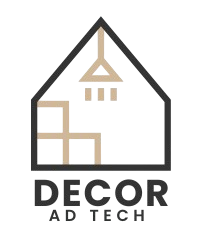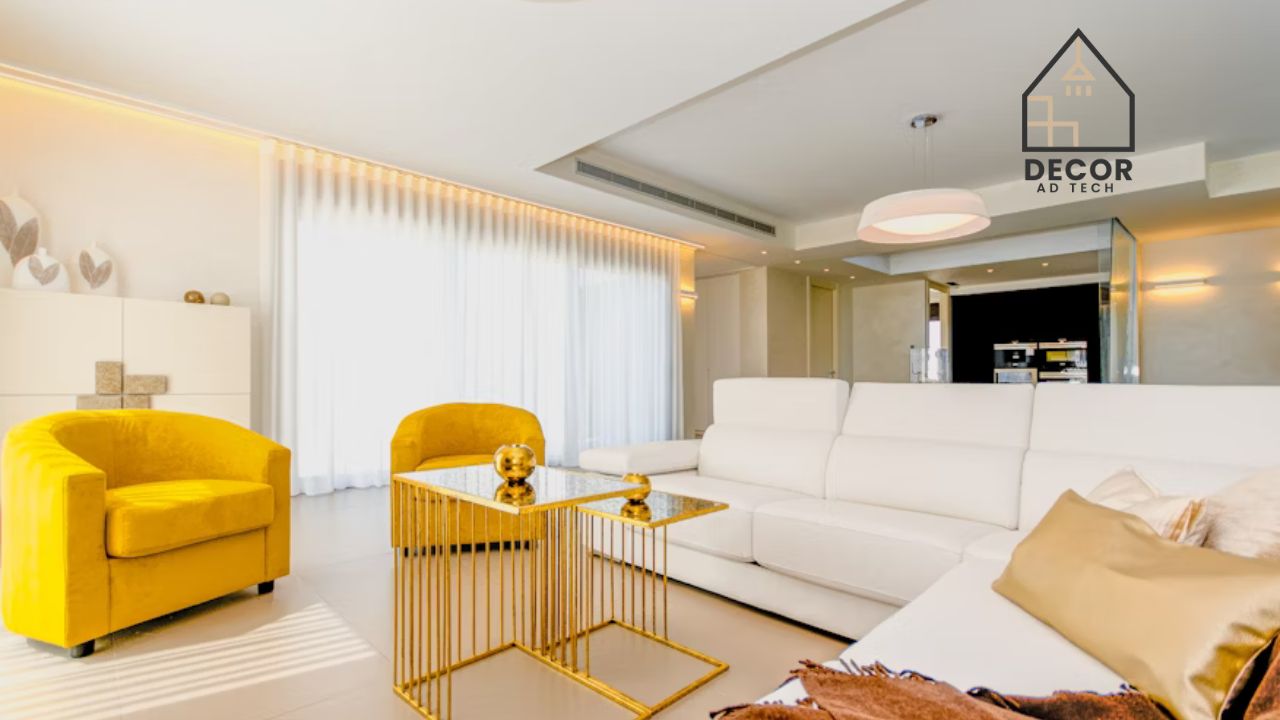Traditional style interior design has long been celebrated for its timeless charm and elegant details. Rooted in history, this design style creates warm, inviting spaces that exude sophistication. Whether you’re introducing classic furniture into your home or blending modern aesthetics with traditional elements, this guide will walk you through everything you need to know about traditional style interior design.
Quick Highlights of Traditional Style Interior Design
| Feature | Description |
|---|---|
| Key Characteristics | Symmetry, rich wood tones, ornate details, and timeless furniture |
| Popular Styles Within Tradition | Modern traditional, Japanese traditional, colonial traditional |
| Typical Color Palette | Neutral shades, muted tones, and rich accent colors |
| Design Focus | Comfort, formality, and balance |
| Furniture Choices | Classic pieces like wingback chairs, tufted sofas, and mahogany tables |
| Common Materials | Wood, leather, silk, and wool |
Introduction to Traditional Style Interior Design
At its heart, traditional style interior design brings historical influences to life within modern homes. By focusing on symmetry, ornate details, and neutral palettes, it creates spaces that are both refined and comfortable. Whether you dream of a grand family room traditional interior design layout or a cozy dining space, this style offers something for everyone.
No matter where you’re located—be it a sleek New York apartment or a traditional Japanese house interior design—this style adapts beautifully to different cultural contexts. Read on to discover how you can achieve this timeless look in your home.
A Brief History of Traditional Interior Design
Traditional interior design is inspired by European interiors from the 18th and 19th centuries. During this period, wealthy homes were adorned with carefully handcrafted furniture, luxurious fabrics, and intricate moldings.
Key Historical Influences
- French and Italian Styles brought opulent design details like gilded mirrors and carved furniture.
- British Colonial Styles emphasized mahogany pieces and symmetry.
- Asian Influence emerged through traditional Japanese or Chinese interior design, which incorporated natural materials and thoughtful placement.
This history laid the foundation for what’s now recognized as classic traditional interior design, merging the grandeur of the past with present-day functionality.
Characteristics of Traditional Style Interior Design
One of the most defining qualities of traditional interiors is balance. Everything in a traditional room feels logical and cohesive, creating a sense of calm and order.
Hallmark Features
- Symmetry: Matching furniture arrangements on either side of the room or complementary architectural elements.
- Rich Woods and Materials: Mahogany, cherry wood, or oak dominate furnishings, while upholstery boasts luxurious options like velvet or silk.
- Muted Color Palettes with Pops of Drama: Neutral shades like creams or taupes anchor the room, complemented by bold reds, greens, or golds.
- Detailed Crown Moldings and Trims: Decorative moldings add an architectural element that elevates the space.
This focus on premium materials and thoughtful design ensures that traditional interiors remain timeless while appealing to all generations.
Modern Traditional Interior Design: A New Twist
Blending old-world charm with modern sensibilities, modern traditional interior design is a rising trend. It simplifies ornate details, making spaces feel more approachable while maintaining elegance.
Characteristics of Modern Traditional Design
- Minimal Ornamentation: Focus on clean lines with subtle classical influences.
- Monochromatic Schemes: Incorporating shades of one color family for cohesion.
- Functional Updates: Addition of contemporary lighting and open layouts.
For example, mixing a sleek sofa with a traditional rug creates the perfect balance of heritage and modernity.
Examples of Traditional Style Across Cultures
Traditional interior design is interpreted differently across the globe. Here are some notable examples:
- Traditional Japanese Interior Design
- Focuses on simplicity and harmony with natural surroundings.
- Uses sliding screens, tatami mats, and wooden accents.
- Traditional Southern Interior Design
- Features cozy touches like large fireplaces, rocking chairs, and floral prints.
- Chinese Traditional Interior Design
- Highlights symmetrical arrangements, lacquered furniture, and vibrant red or gold accents.
- Traditional Indian Interior Design
- Incorporates vibrant colors, handwoven textiles, and intricate carvings.
- Traditional Spanish Interior Design
- Known for textured walls, wrought-iron details, and terracotta tones.
These regional adaptations reflect how traditional style evolves while preserving its core aesthetics.
Reviews from Homeowners Who Adopted This Style
Many homeowners have embraced this style, citing its warmth and timeless appeal. Here’s what they’re saying:
- ⭐⭐⭐⭐⭐ Sarah T., New York City
“I brought traditional elements like mahogany furniture into my modern apartment, and it completely transformed the space.”
- ⭐⭐⭐⭐⭐ Michael R., Dallas
“Our family room traditional interior design update gave us a luxurious yet cozy space for gatherings. Couldn’t be happier!”
- ⭐⭐⭐⭐ Priya S., Boston
“Indian traditional living room interior design pieces added vibrancy and culture to our simple home. A true delight!”
Expert Tips for Achieving Traditional Style
Here are some practical tips to introduce traditional elements into your home:
Furniture
- Invest in quality materials like leather or wood.
- Choose statement pieces such as intricately carved dining tables or tufted armchairs.
Colors
- Opt for soft, neutral hues as the base.
- Use rugs, cushions, or curtains to add accent colors.
Decor
- Incorporate vintage art pieces and classic chandeliers.
- Place symmetrical decor, like matching table lamps, for balance.
Material Pairing
Combine wood with silk or glossy surfaces to amplify texture and warmth.
By selectively adding these components, even a modern home can reflect traditional interior design characteristics.
FAQ About Traditional Style Interior Design
Q1. What is traditional interior design style?
Traditional style interior design emphasizes classic elegance, symmetry, and premium materials while drawing heavily from 18th- and 19th-century European influences.
Q2. What makes modern traditional interior design different?
Modern traditional design simplifies ornate details and introduces modern elements, creating a balanced blend of old and new.
Q3. How do I mix contemporary and traditional styles?
Pair sleek, modern furniture with traditional rugs or add vintage art to a minimalist room for a cohesive juxtaposition.
Q4. Which materials are best for furniture in traditional interiors?
Look for rich woods like mahogany or cherry, complemented by leather, silk, or velvet upholstery.
Q5. Can traditional style work in a small apartment?
Yes! Focus on scaled-down furniture, like compact armchairs or extendable tables, and use light, neutral tones to open up the space.
Final Thoughts
Traditional style interior design is proof that elegance never goes out of fashion. From family room traditional interior design layouts to global variations like Japanese or Indian influences, this style adapts seamlessly to different lifestyles and preferences. Whether you’re building a cozy home or seeking timeless sophistication, traditional interiors provide unmatched warmth and nostalgia.
Admin Recommendation
How to Upgrade My Home Decoradtech
Decoradtech Smart Home Ideas by DecoratorAdvice
DecorAdTech Smart Home Ideas by DecoratorAdvice











